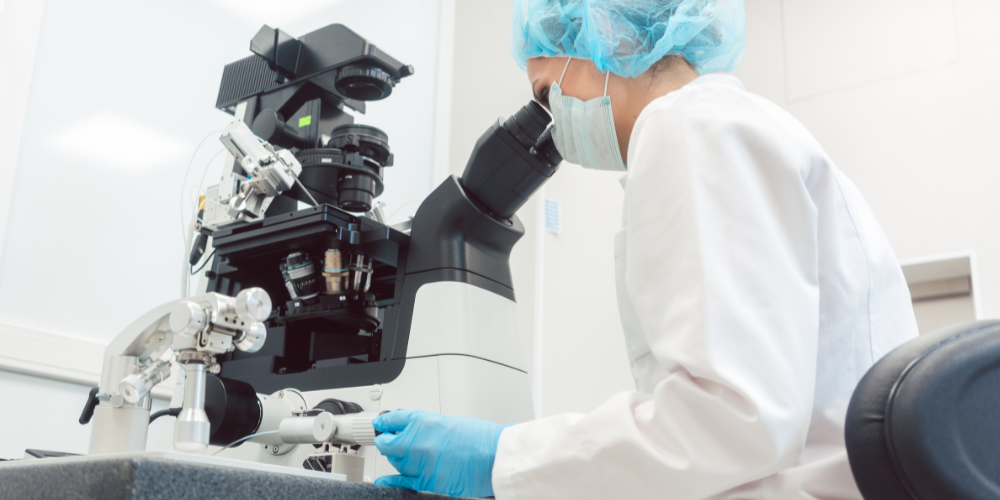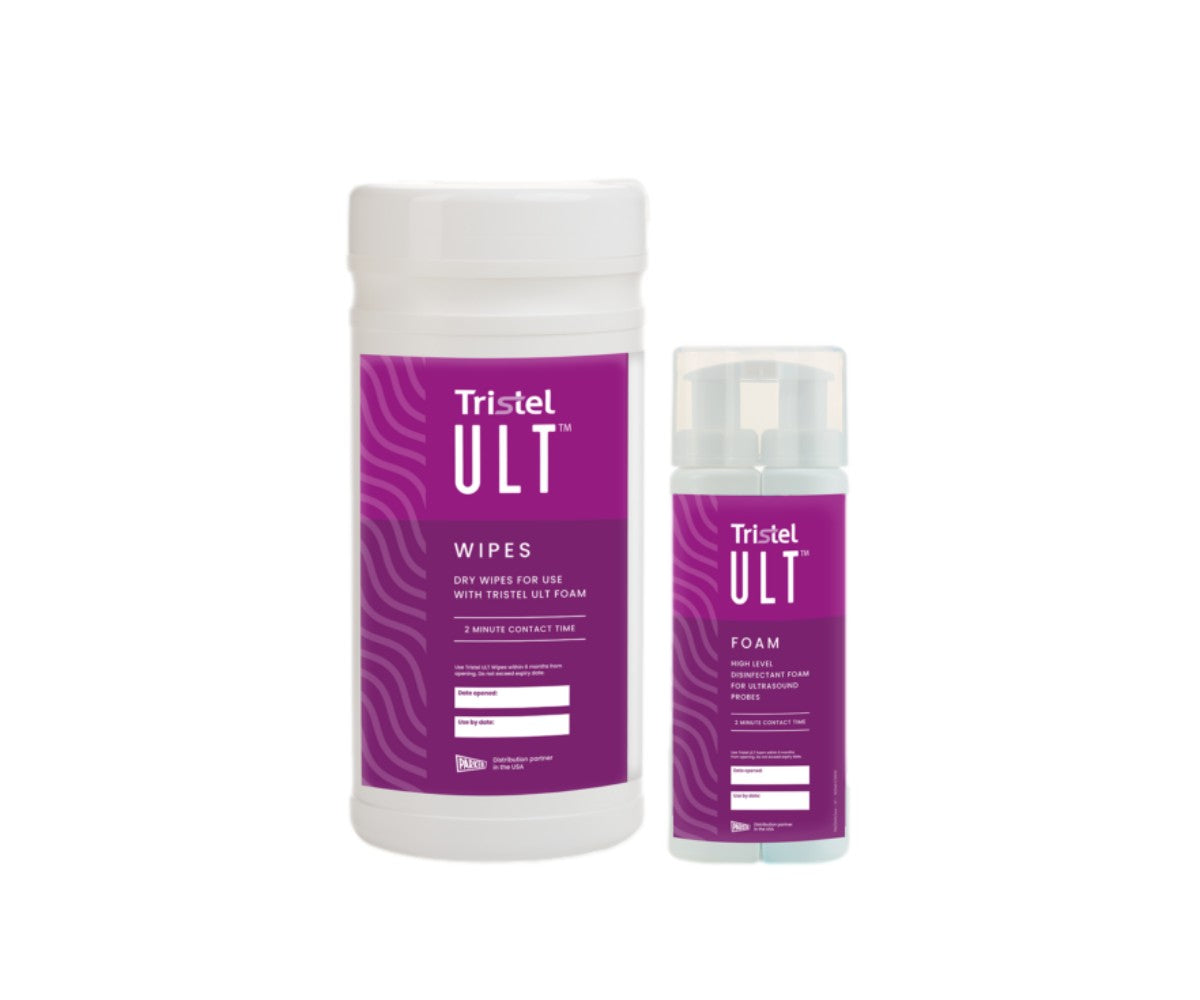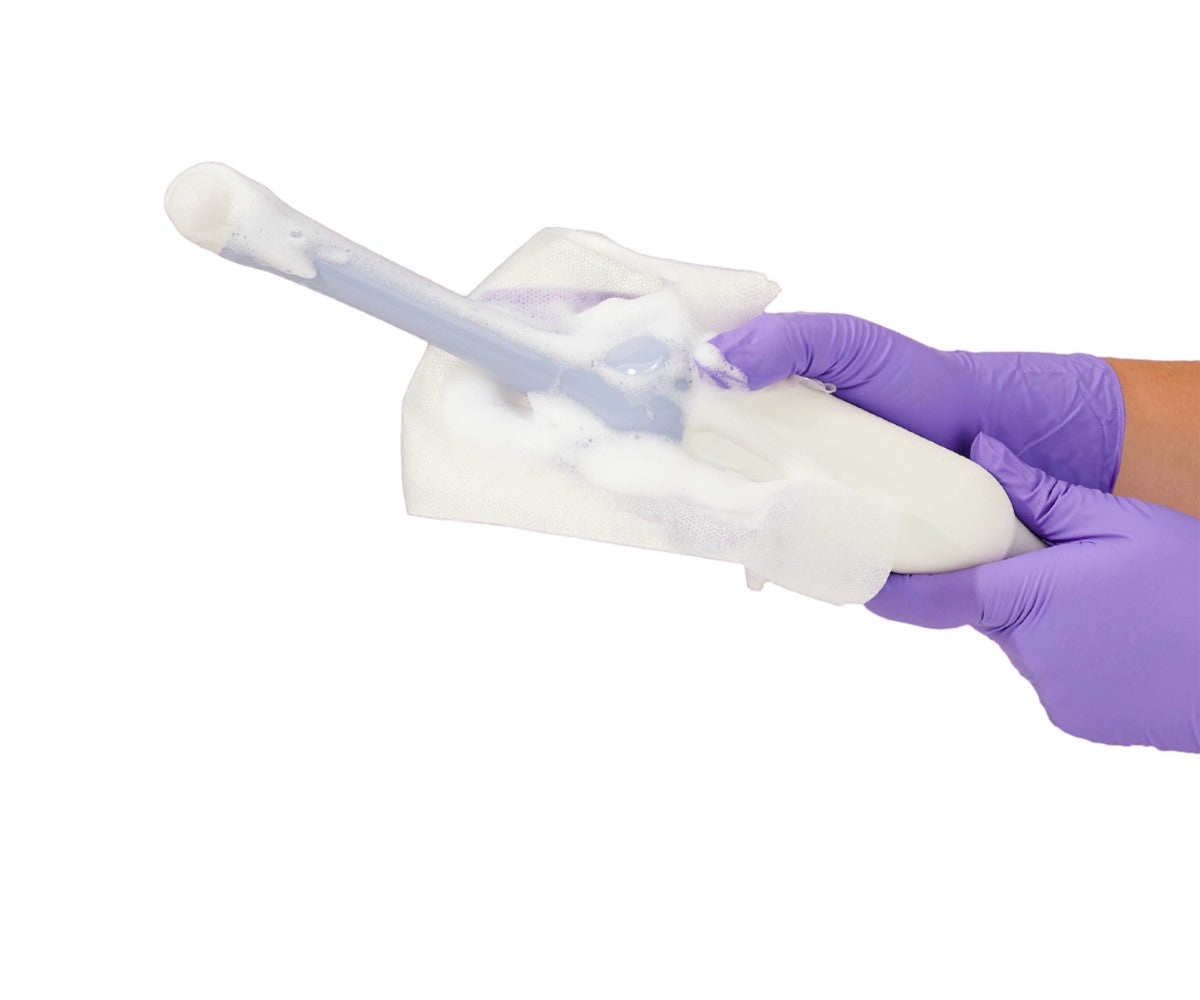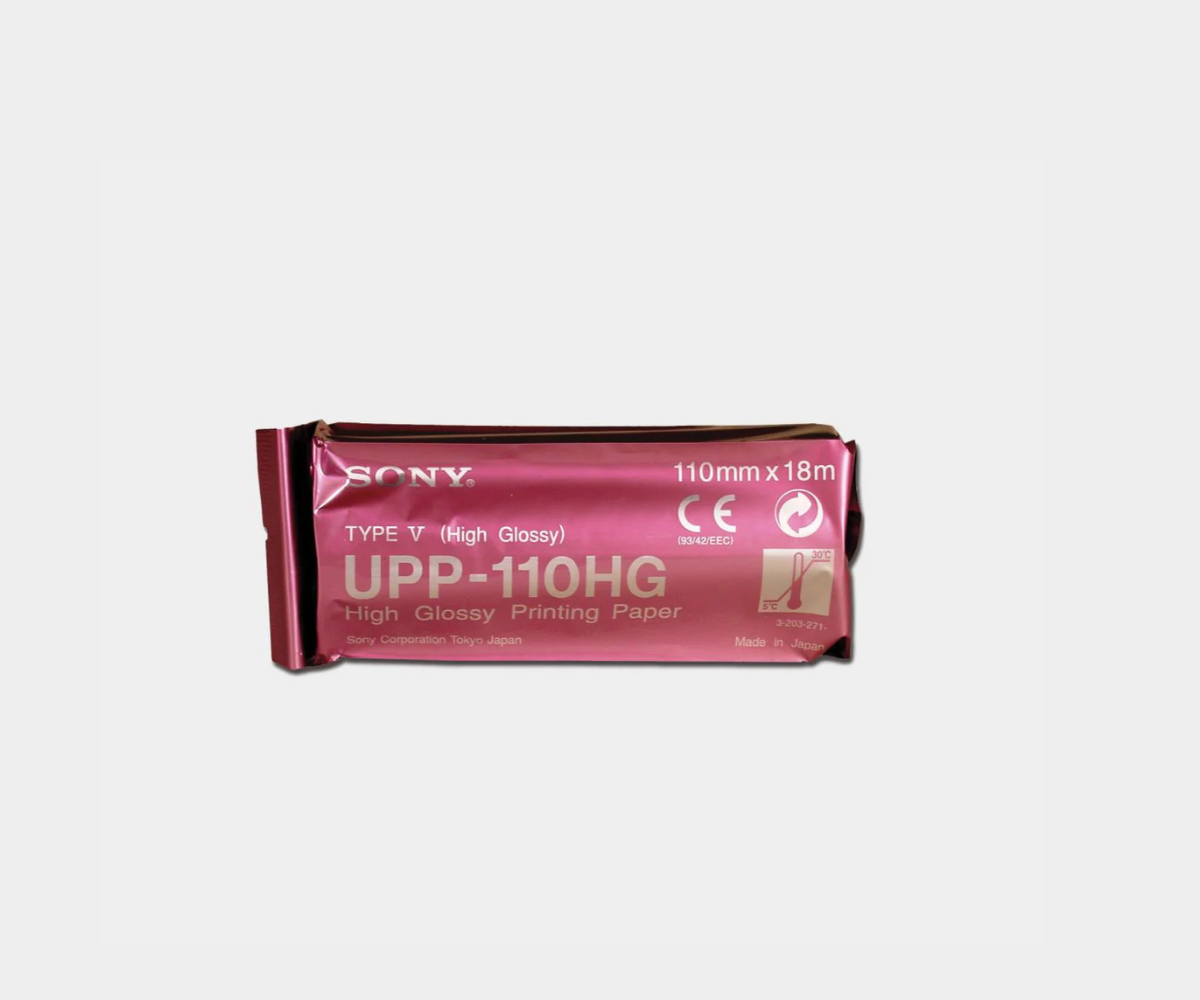When it comes to the topic of enhancing efficiency in the IVF lab, automation has become a prominent term in recent years.
According to an article published in the Journal of Reproduction & Infertility in 2022, the global IVF sector is projected to grow at a rate of approximately 10% annually, with the industry expected to reach $987 million in 2026 — a marked increased from $638 million in 2021. Such growth emphasizes the necessity for innovative solutions to address the increasing demands in the field.
Streamlining processes, from managing data to performing critical tasks like embryo grading and semen analysis, automation has the potential to not only boost productivity but also addresses challenges faced by embryologists, allowing them to focus on essential responsibilities like intracytoplasmic sperm injection and training new staff.
While it promises increased efficiency, the timeline for development, testing, approval, and market implementation can be lengthy. To enhance efficiency in the current context, IVF lab directors may require more practical solutions that optimize existing processes. Here are some recommendations we believe may provide the gains in efficiency you are looking for, especially if you are high volume IVF lab.
Reducing Paper Usage
The first thing we notice when taking a comprehensive look at the laboratory environment is the concerted effort towards minimizing paper waste. This initiative is particularly pronounced in IVF clinics, where a significant focus revolves around transitioning from traditional paper-based workflows to streamlined electronic systems. The pivotal shift entails a meticulous exploration of alternatives to reduce reliance on paper, starting with the transformation of consent forms and data entry processes.
In addressing the imperative need for a digital transformation, discussions within the IVF community delve into the delicate balance between existing technological limitations and the potential integration of cutting-edge electronic devices. For instance, a considerable challenge lies in achieving real-time data entry during critical processes such as embryo grading. The dynamics of these procedures require a thoughtful approach to seamlessly incorporate electronic solutions without disrupting the intricacies of time-sensitive tasks.
Moreover, there is a growing recognition that embracing electronic devices like iPads holds the key to ushering in a more sustainable and efficient workflow. The envisioned scenario involves the strategic deployment of these devices in a manner that complements the existing processes rather than introducing complexities. The integration of iPads or other electronic tablets, equipped with intuitive interfaces, can streamline data entry, enhance accessibility to patient records, and contribute to the overall reduction of paper usage within the IVF lab.
Minimizing Plastic Waste
Acknowledging the topic of plastic usage in IVF labs is necessary when we talk about efficiency, especially considering the environmental impact and challenges exacerbated by supply shortages during events like the COVID-19 pandemic.
A practice you can try is conscientious reuse of certain plastic ware in your lab. Implementing responsible reuse practices offers a practical and effective means to significantly reduce dependence on single-use plastics, aligning with global efforts to minimize environmental harm caused by excessive plastic waste. This approach emphasizes the importance of mindful material management within IVF labs, contributing to more eco-friendly operations.
Although many IVF labs have moved away from glassware, this is a reusable option that could be implemented depending on the unique needs of each lab. Doing so not only helps navigate challenges associated with plastic shortages but also establishes a foundation for long-term environmental responsibility. In sum, embracing eco-friendly alternatives ultimately aligns with the broader global trend toward sustainable practices in healthcare, and highlights the need for responsible resource consumption within IVF laboratories.
Efficiency in Time Management
It is needless to say that efficient time management constitutes a linchpin for the operational success of IVF labs; Administrators and lab directors know that the judicious allocation of this finite resource can significantly impact overall efficiency. Thus, a targeted approach toward time optimization involves a critical examination of existing procedures to identify areas where streamlining is feasible.
For instance, the reassessment of time-consuming practices, such as the trimming of egg-cumulus complexes post-retrieval, unveils opportunities for enhancement and resource optimization.Lab directors should ask themselves, "is it necessary that my embryologists do this?" The truth is that certain tasks are not absolutely necessary, and some labs have eliminated steps with success.
Another important question is that of time tracking. Should IVF lab directors and admins track how long it takes their embryologists to complete their tasks? The answer depends on a case-by-case basis. Some lab directors and supervisors may be met with resistance from staff which can lower team morale and performance. On the other hand, while these softwares could increase speed, they can also lead to decreased quality. We know that going too fast may lead to lower fertilization rates, so the balance between speed and quality has to be struck at "just right." While other industries outside of IVF might use time-tracking with success, each lab must evaluate how well their team can adopt the strategy and whether the benefits will outweigh the cons.
Optimizing Staffing Models
Optimizing your IVF lab’s staffing model begins with taking a close look at who is doing what. Is your embryologist in charge of ordering supplies, or are they consistently having to work out scheduling with administrative staff? These are issues which hamper the efficiency of the lab.
When possible, try to outsource non-specialized tasks to other personnel outside of your lab. This not only frees up your embryologists’ time but typically costs less. One helpful concept is eliminate, automate, delegate.
In cases of supply and materials management, delegate this to someone on the admin side. If your lab staff must do it, then ensure that either one person is assigned to the task or that the task is equally shared among staff members. You’ll want to avoid one embryologist feeling like they have the unspoken burden of ordering the supplies on time and feeling like their co-workers aren’t picking up the slack. Ultimately, clear communication and boundaries improve efficiency and maintain higher performance among lab staff.
When it comes to scheduling, perhaps consider outsourcing this task to an outside firm. Having people on the outside conduct scheduling avoids conflict between admins and lab staff, or patients and admins, by eliminating the personal relationship that can influence interactions.
Outside schedulers tend to not have the same relationship with patients, thereby eliminating the risk of making “emergency” visits that aren’t real emergencies. Unnecessary and last-minute visits such as these can affect the lab staff’s efficiency and set them behind if they then do not work overtime to catch up. This is of particular importance for labs conducting a higher number of cycles.
Embracing Individuality
Last but not least, it is important to note that there is no one-size-fits-all solution. IVF administrators and lab directors are encouraged to explore customized strategies aligned with the specific dynamics of their clinics. In doing so, they can transcend generic methodologies and, instead, sculpt strategies finely tuned to their unique needs, ultimately fostering a culture of ongoing optimization and adaptability.
In the end, we know that increasing efficiency in IVF labs requires a multifaceted approach that addresses various aspects of laboratory operations. By reducing paper, minimizing plastic waste, optimizing time management, staffing models, and patient scheduling, IVF clinics can streamline their workflows and improve overall efficiency. With these measures in place, IVF labs can enhance patient care, reduce costs, and contribute to a more sustainable future for reproductive medicine.








